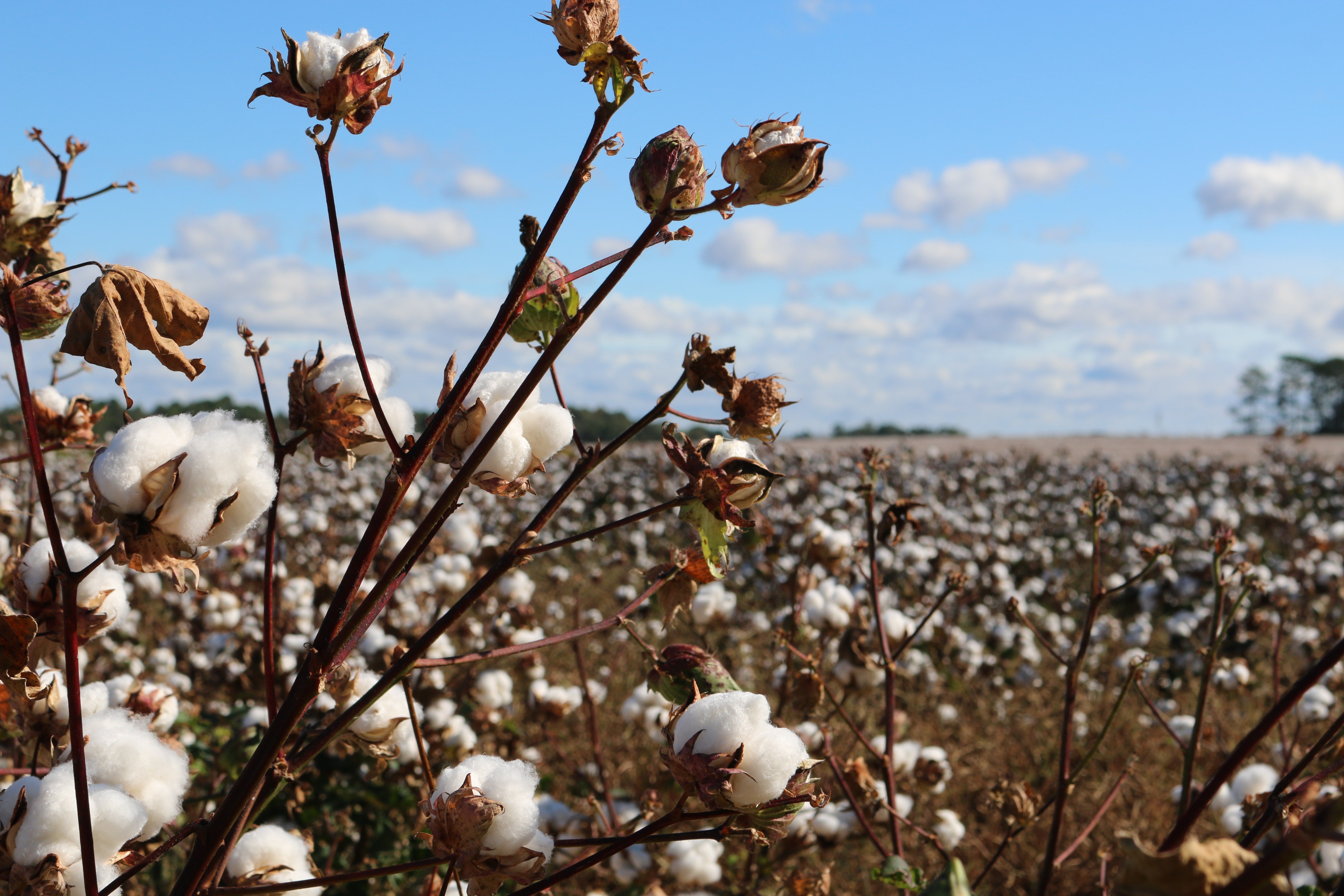Pleasant Weather for People is a Worry for Cotton Producers
Published 4:59 pm Monday, May 16, 2022
|
Getting your Trinity Audio player ready...
|
by Katie Nichols, Alabama Cooperative Extension Service
Conditions are scary dry in many of the fields across the state.
Alabama Cooperative Extension System Cotton Agronomist Steve Brown said only 26 percent of expected cotton acreage was in the ground by May 8—this according to the United States Department of Agriculture (USDA) National Agricultural Statistics Service (NASS). The five-year average is 35 percent.
“Being behind is less worrisome than being increasingly short on moisture with little relief in sight,” Brown said. “We’ve stopped planting some of our research trials because of drying conditions, but some farmers are pressing forward.”
Dusting In
Cotton seed can stay in the ground waiting for rain, but the concern of “dusting in” is the possibility of receiving only a light rain shower that germinates the seed but is not sufficient to sustain the seedling.
Brown said recent weather has been comfortable for humans, but it is increasingly challenging for young crops and worrisome for cotton producers. Cools mornings, low humidity, breezy, bright and sunny conditions are perfect for spring outdoor activities, but row crops are struggling.
The 10-day forecast calls for high temperatures in the 90s. This means plant stresses will surely increase.
Things to Watch
Pest Pressures
In dry conditions, it is also important to check for additional stressors—like insect pressures. Alabama Extension Cotton and Peanut Entomologist Scott Graham said the Alabama cotton insect situation is similar to the Alabama weather situation: all over the board.
Until May 11, calls about grasshoppers in the field were non-existent. Graham said calls are now coming in from west and central Alabama where grasshoppers are in fields with cotyledon stage cotton.
“A consistent theme was how to treat grasshoppers and thrips in a one-shot approach,” Graham said. “This can be difficult, considering the grasshopper population and the age of the cotton. Recommendations sometimes vary on a field-to-field basis.”
Graham also said it is important to choose the right insecticide for thrips sprays, particularly in dry fields and fields with historic issues with spider mites.
“Availability will likely drive some decisions and ‘softer’ chemistries may not be readily available, so be prudent and ensure that applications are only made when necessary,” Graham said.
Prices
Brown said December 2022 futures continue to reach unprecedented highs—passing $1.25 per pound May 12.
“Surging prices suggest challenges across the U.S. Cotton Belt,” Brown said. “I’ve seen estimates indicating total input costs are up 40 percent—and yes, fertilizer is up at least three-fold.”
The growing season generally presents many challenges, but Brown said at present, the biggest and most immediate hurdle is getting the crop started.
More Information
A plethora of timely cotton production information is available in the most recent issue of Alabama Cotton Shorts. This newsletter keeps cotton producers in the know. From planting dates to crop inputs—there are many factors to consider. Read past issues and subscribe to upcoming issues. Learn more about Alabama Cotton Shorts at www.aces.edu.





